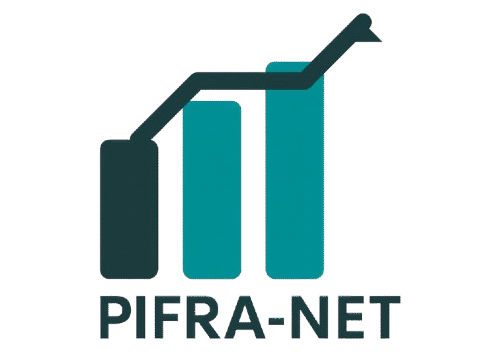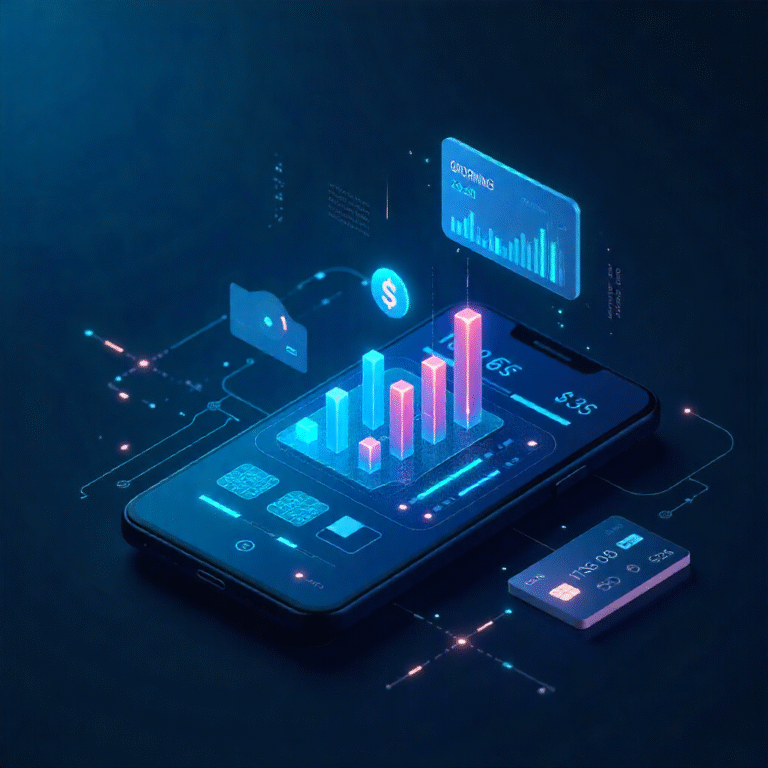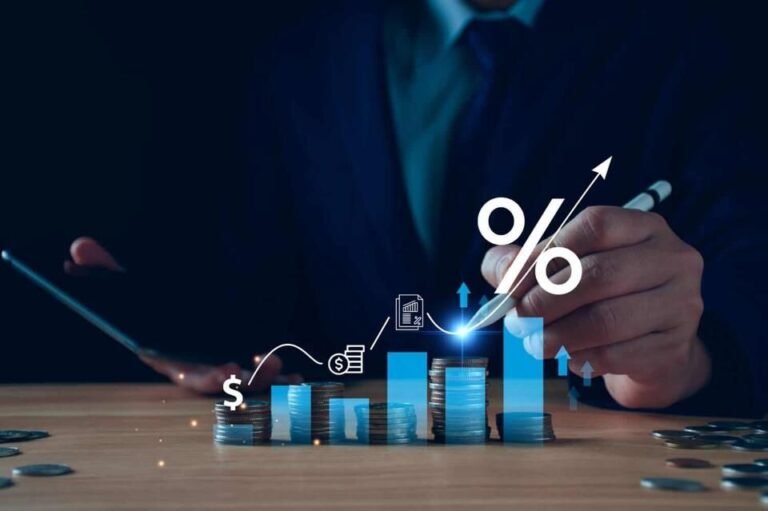“How Digital Banking Is Changing the Way We Save and Spend”

Introduction
Gone are the days of standing in long queues at the bank or waiting for checks to clear.
In 2025, digital banking has transformed the way we handle money — making saving, spending, and investing faster, smarter, and more secure.
This article explores how digital banking is reshaping personal finance and why it’s becoming the new normal for millions worldwide.
1️⃣ The Rise of Digital Banking
The COVID-19 era accelerated the shift to online and mobile banking, and the trend hasn’t slowed down.
Now, in 2025, digital banks and fintech apps dominate the financial landscape — offering seamless transactions, instant loans, and 24/7 access to money.
Examples:
- Chime, Revolut, and Monzo lead the neobank revolution.
- Traditional banks like Chase and Citi now offer digital-first experiences.
Why it matters:
Customers today expect speed, convenience, and control, and digital banking delivers all three.
2️⃣ Smarter Saving With Technology
Digital banking has redefined how people save money.
Thanks to AI tools and automation, saving is now effortless.
Features that help you save:
- Automatic savings tools: Apps like Qapital or Digit round up purchases and save spare change.
- Goal-based savings accounts: Set specific targets (like vacations or emergencies).
- High-yield digital savings accounts: Online banks offer higher interest rates than traditional banks.
Pro Tip: Automate your savings to grow your wealth without even thinking about it.
3️⃣ Spending Made Smarter and Safer
With instant payment systems and smart analytics, digital banking helps users understand and control their spending better than ever.
Modern spending tools:
- Real-time notifications for every transaction
- Built-in budget trackers and analytics
- Virtual cards for secure online shopping
Bonus: Many digital banks use AI to categorize expenses and send alerts when you overspend — acting like a personal financial coach in your pocket.
4️⃣ Mobile Wallets and Contactless Payments
Mobile wallets like Apple Pay, Google Pay, and PayPal have turned smartphones into digital wallets.
Now you can shop, pay bills, or send money instantly — no cash, no card, no hassle.
In 2025, contactless payments and QR transactions are standard across stores, cafes, and even taxis.
Fun Fact: Over 70% of U.S. adults now prefer digital payments over cash.
5️⃣ Personalized Financial Insights
AI and data analytics have made banking more personal than ever.
Your digital bank app can now:
- Suggest customized saving goals
- Analyze your spending habits
- Recommend investment opportunities
This means you’re not just managing money — your money is managing itself.
6️⃣ Security and Trust in Digital Banking
With great convenience comes great responsibility — and cybersecurity is a top priority.
Modern banks use advanced encryption, multi-factor authentication (MFA), and biometric verification to keep your data safe.
Tips for users:
- Always enable MFA
- Avoid public Wi-Fi for transactions
- Use strong, unique passwords
Key Takeaway: Digital banking is safer than ever — as long as you stay smart with your digital habits.
7️⃣ The Future of Digital Banking (Beyond 2025)
The next phase of digital banking will integrate even more with AI, blockchain, and financial automation.
Expect:
- Fully automated budgeting
- Crypto-friendly savings accounts
- Instant international transfers
- Hyper-personalized money management
The line between banking, investing, and lifestyle will continue to blur — giving users total control of their finances.
Conclusion
Digital banking has changed the way we save, spend, and think about money.
With automation, security, and smart analytics, managing your finances has never been easier.
The future of money is digital — and it’s already here.
Start today: Download a digital banking app, set your goals, and watch how small changes lead to smarter savings and stronger financial habits.


